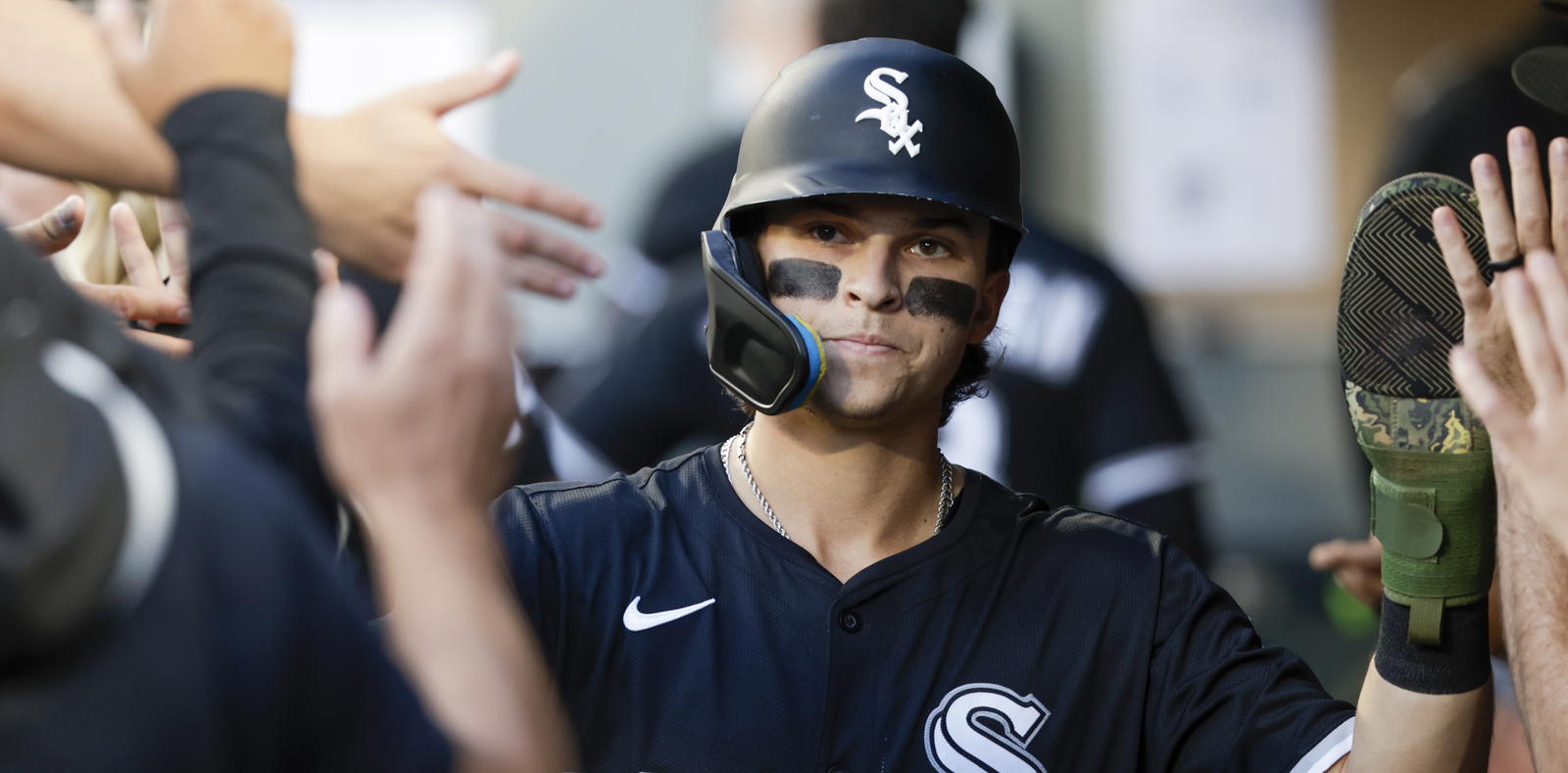
Brooks Baldwin's incredible comeback in 2025 from Triple-A to a late-season surge ignites White Sox optimism. He redefined his trajectory with power and versatility.
A young core began to break through on the South Side in the second half of the 2025 season, and as the organization looks toward next year, there’s a genuine sense of optimism radiating through the organization about the growth that continues to take place.
They’ve got one of the more intriguing catching tandems in baseball with Kyle Teel and Edgar Quero. The middle infield looks locked in with Colson Montgomery and Chase Meidroth. And it’s almost a certainty that the team will carve out everyday opportunities — whether at third, first, or designated hitter — for Lenyn Sosa and Miguel Vargas, two players who made real strides in 2025 and are being counted on to take another step.
The rest of the at-bats will likely go to veterans like Andrew Benintendi, Luis Robert Jr., and Mike Tauchman. But there’s one player that can't get lost in that shuffle: Brooks Baldwin.
Right now, Baldwin feels like one of the most underrated players in the organization, and that’s almost entirely because of how rough his season began. He hit just .205 through his first 41 games before being sent back down to Triple-A. And then he responded in a way that changed the perception of his trajectory entirely.
In his first 19 games with Charlotte, Baldwin launched seven home runs and forced his way back onto the radar. The Sox called him up briefly… only to sit him on the bench and option him again three games later. It felt like a momentum killer. They pulled him out of a hot streak only to not play him? Make it make sense.
Except Baldwin didn’t flinch. He went back to Charlotte and hit another four home runs in nine games, earning his final call-up — this time, for good.
He only appeared in one more Triple-A game the rest of the season, a rehab assignment after a lower back strain. He homered in that game too, because at that point, of course he did.
All told, Baldwin posted 12 home runs and a 1.180 OPS in 29 minor league games this season. He’s too advanced for that level — and once he settled back into the big leagues, he started to show why.
From July 3 through the end of the season, Baldwin slashed .268/.322/.482 with nine doubles, eight home runs, and an .804 OPS over a 54-game stretch. His season OPS, which sat at .568 on July 2, climbed all the way to .697 — flirting with league average after being buried below replacement level just a month prior.
And while that production would’ve been encouraging on its own, Baldwin did it while moving all over the diamond. Six different positions — left field, center field, right field, shortstop, second base, and third. If he strings together a full season of the offensive production he showed down the stretch, Baldwin will be talked about as one of the best utility threats in baseball.
That’s where the conversation needs to shift as the Sox head into 2026. Baldwin looks far too advanced for Triple-A, dynamic at the big-league level when he’s in rhythm, and — maybe most importantly — mentally tough enough to ride out early-season failure and come out sharper on the other side.
When we talk about this young Sox core, Baldwin’s name deserves to come up alongside Vargas, Sosa, and the rest. In 2026, the White Sox don’t just need to keep him around — they need to give him a fair shot to break through.
Because if the second half was any indication, Brooks Baldwin is knocking on the door of being a core piece — and it’s time the conversation reflects that.

